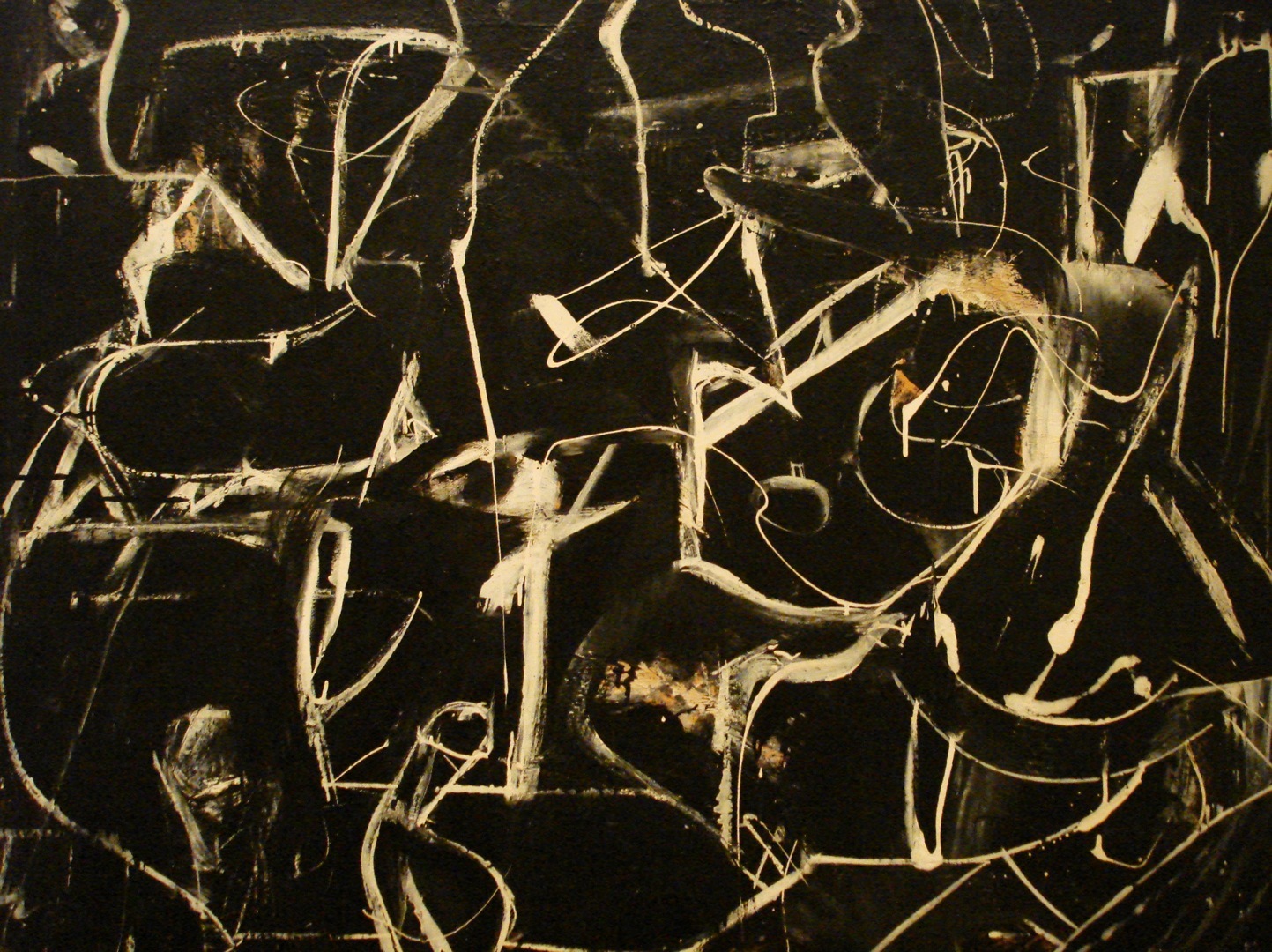Motion Diagrams

At a Glance
Discipline
- STEM
- Physics
Instructional Level
- College & CEGEP
Course
- Mechanics
Tasks in Workflow
Social Plane(s)
- Group
Type of Tasks
- Discussing
- Solving problems
- Analyzing
Technical Details
Useful Technologies
- Interactive whiteboards using notebook
Class size
- Small (20-49)
Time
- Single class period (< 90 mins)
Instructional Purpose
- Application & knowledge building
Overview
In this activity, students work in groups of 3-4 and move to interactive whiteboards at which they will open the notebook file included in the activity package. This file is used to help students create motion diagrams, and includes objects and vectors which can be dragged and dropped to create the diagrams. The instructor should demonstrate the first simple problem either in part or in its entirety, showing a video of the motion in the diagram.
Students then view a video corresponding to the next problem. They drag and drop the object in the notebook file to create a motion diagram corresponding to the object’s position at regular time intervals. The students then add position dots to represent the position in a more abstract way, and draw displacement and velocity vectors for each interval. Students can then remove the original objects, leaving only the abstract dots. Students use these velocity vectors to create acceleration vectors (using the flip function in notebook to find the difference of the velocities in the preceding and following intervals). Students then discuss whether the acceleration they have found is consistent with their knowledge of physics, and make changes to the positions and velocities accordingly. During this time the instructor should monitor discussion.
The instructor reviews the correct solution with the whole class, highlighting the main areas of difficulty identified from the groups’ discussions and progress. The exercise is then repeated for more and more difficult problems.
After all problems have been completed, the instructor can review and discuss the material.
Instructional Objectives
- Students will learn to create and interpret motion diagrams.
- Students will gain a deeper understanding of the relationships between an object’s path of motion, displacement, velocity, and acceleration.
Workflow & Materials

Activity Workflow
Applied Strategies
Published: 18/09/2018
Copyright: © 2025 Whittaker. This is an open-access article distributed under the terms of the Creative Commons Attribution License (CC BY). The use, distribution or reproduction in other forums is permitted, provided the original author(s) and the copyright owner(s) are credited and that the original publication on this website is cited, in accordance with accepted academic practice. No use, distribution or reproduction is permitted which does not comply with these terms.



